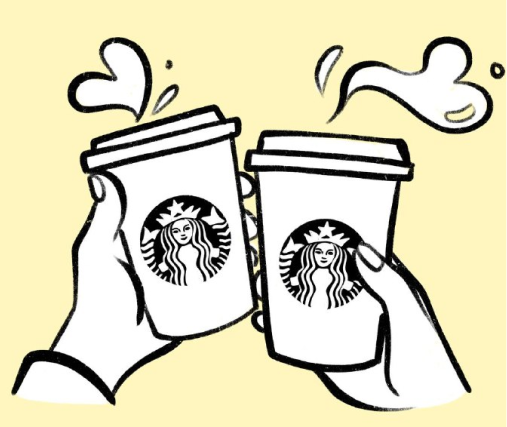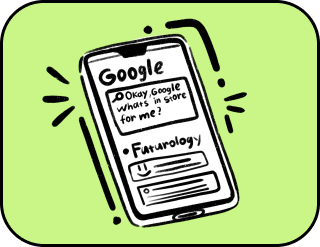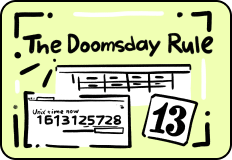How to tell a chocolate bar from a cup of coffee: marketing strategies revealed
According to the conditions of this problem, a person came to a café. According to the same conditions of this problem, in one hand he had a Nestle chocolate bar, and in the other – a cup of aromatic Starbucks coffee. According to the same problem conditions, the person looked for a long time at the two products and pondered: what distinguishes these two goods that he held in his hands.
Afterward, according to the conditions of this problem, the person looked out the window, ate the chocolate bar, washed it down with a cup of hot coffee, and left us without an answer to the question: ‘What distinguishes a cup of coffee from a Starbucks coffee cup, and what distinguishes a chocolate bar from a Nestle chocolate bar.’
We have found the answers to both of these questions and are publishing them for you below, in both a carefully vital and an aggressively technical version of the solutions.
‘The chocolate is delicious, and so is the coffee. The difference lies in how both products ended up in my hands,’ mused the person. ‘Can I do without coffee? And can coffee do without me?’ Starbucks‘ story began in 1971 in Seattle, Washington. Three friends – an English teacher Jerry Baldwin, a history teacher Zev Siegl, and a writer Gordon Bowker – decided to open a coffee shop. Their inspiration was Alfred Peet, who began roasting coffee in California and turned a simple bean handling into art. The first Starbucks store opened on March 30, 1971, in Pike Place Market, one of Seattle’s most famous markets, but despite its location, the store was not popular.
Everything changed in 1982 when American businessman Howard Schultz joined the company. He was impressed not only by the excellent taste of the coffee but also by the unique culture of the coffee shop, where, although still unsuccessfully, closeness and respect for the customer were practiced.
Howard Schultz developed a marketing strategy and began studying coffee culture. He visited different cities and countries, trying different types of coffee and studying various coffee rituals. During one of those trips, Howard Schultz came up with an unusual idea: ‘People come to drink coffee not just to drink coffee.’
Judge for yourself, coffee shops are places where people come not only for coffee: some need a quiet and cozy atmosphere that will protect them from worry and hustle for a while, some need to be alone, some need to socialize with friends and colleagues in an attractive and comfortable setting, some just need to enjoy their favorite drink in silence. The idea of creating a “third place” after home and work, where people can relax and enjoy the atmosphere, became the main concept for Starbucks.
Visiting coffee shops in different countries, Schultz found another regularity that could be overlooked: espresso is the most popular type of coffee, visitors usually drink it quickly, standing at the counter. Cappuccino, on the other hand, is traditionally drunk only in the morning, until 11 o’clock, prolonging the pleasure. The culture of slow consumption became the philosophy of Starbucks coffee shops, places where guests can enjoy the drink and inhale pleasant notes of care with its aroma.
In addition, Schultz was impressed by the skill of the barista and attention to detail, which added special value to each drink. This emphasis on quality and the art of coffee preparation was also brought to Starbucks.
It was in Starbucks coffee shops that a barista turned from a person pouring coffee into a good friend who creates a warm, friendly atmosphere and knows everything about guests’ preferences. Howard Schultz made it so that in each of the coffee shops a person felt not just a welcome, important guest, but the main person in the company where everything was done for him.
‘And yet I can do without coffee,’ thought the person, sipping from his cup. ‘But coffee cannot do without me.’

‘Now it’s your turn, chocolate,’ the person addressed the chocolate bar. ‘How did you end up in my hands?’
In contrast to the humane and human-centered Starbucks, Nestle demonstrated a completely different approach to people and promoting its products, using aggressive and not entirely honest methods of attracting customers.
The company Nestle was founded by Swiss pharmacist Henri Nestle in 1876, at the same time he developed and patented his first product – a breast milk substitute called ‘Farine Lactée’. The mixture consisted of cow’s milk, wheat flour, and sugar. Henri Nestle developed this product in response to high infant mortality due to lack of breast milk.
It was a seemingly humane goal. However, after some 100 years, the humane goal ceased to be such, and Nestle itself became scandalously known worldwide. It was accused of numerous crimes, including the use of child labor and slavery, and deterioration in the quality of products for children in the Third World.
In 2010, a revealing documentary called ‘The Dark Side of Chocolate’ was released: a film about child slave labor, where children were abducted from neighboring poor countries such as Mali and Burkina Faso, and forced to work on cocoa plantations without pay in horrific conditions. The film criticized large chocolate companies, including Nestlé, for turning a blind eye to child labor in their supply chains. One of Nestlé’s most famous and scandalous aggressive marketing methods was related to the promotion of infant formula in developing countries. In the 1970s and 1980s, the company faced serious criticism for promoting its infant formulas among mothers, often using questionable and unethical methods: the company openly stated that natural breastfeeding was for the poor, while formula feeding was a step toward the baby’s future health. Nestlé distributed free samples of formulas in maternity hospitals, after which mothers whose breast milk disappeared were forced to buy the product, spending a large part of the family budget. Nestlé’s formulas were simply diluted with water, not always clean, due to the environmental situation, which led to deterioration in children’s health and increased mortality.
Nestlé was also criticized for aggressive marketing of sweet products and beverages for children in developing countries, while in the European countries the company adheres to WHO standards. The company used attractive packaging, cartoon characters, and celebrities, which inspired trust and loyalty to the product, while the product itself provoked obesity and caused a number of diseases. Nestlé was often accused of using questionable methods to promote its products, such as covert advertising, price manipulation, and pressure on distributors and retailers. Nestlé was regularly criticized for marketing bottled water, especially in regions with limited water resources. The accusations concerned not only marketing strategies but also deliberate depletion of water resources.
Despite numerous scandals and public pressure, Nestlé actively defended its reputation, stating that they operate in accordance with legislation and international standards.
Nevertheless, the company achieved its goals, and there is hardly a person on earth who has not tried their product at least once.
‘So that’s how you ended up here, chocolate,’ said the person, biting off a solid chunk from the rectangular bar. ‘Did it really take such a price to get into my mouth?’
The cup of coffee and the chocolate bar complement each other perfectly, leaving us with unforgettable taste sensations. At the same time, each of these products does not match each other in terms of winning audience loyalty, just as care for people and aggressive marketing in its most powerful manifestation do not match each other.
Or maybe we shouldn’t think about it and just enjoy the food? Another problem will answer this question. Bon appétit.

It seems we’ve found a way to decode Einstein’s unknown equation.
Thank you!




